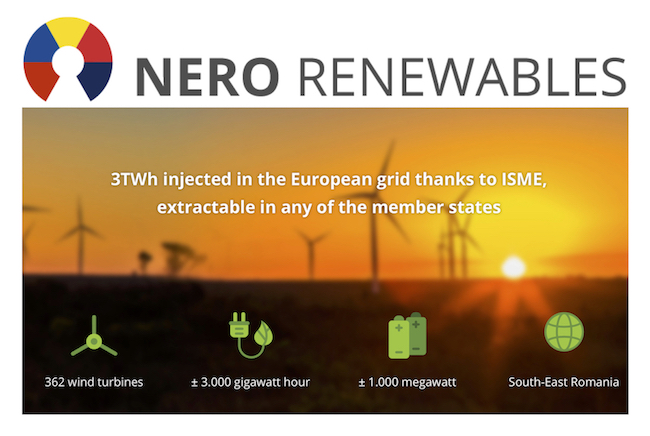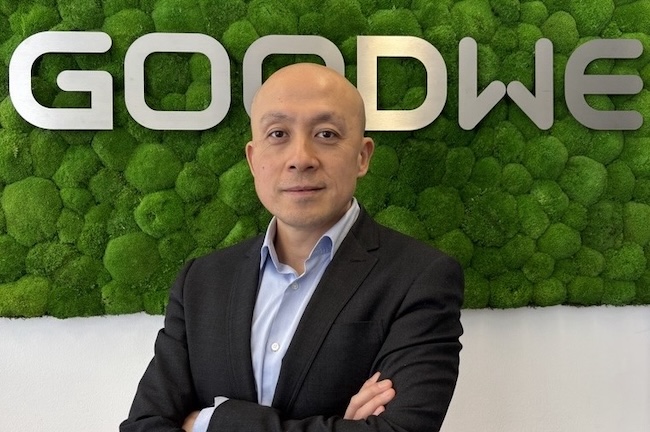NERO Renewables plans to develop Europe's largest onshore windfarm in Romania

Dutch company NERO Renewables plans to install 362 wind turbines at 3 different sites in South-East Romania, with a total capacity of approximately 1.000 megawatt, generating up to 3 terawatt hour per annum. NERO, which stands for ‘Netherlands – Romania’, plans to developo 3 wind farms in Romania, that will be directly connected to the national high voltage grid and will annually inject 3 terawatt hours (TWh) of renewable energy into the European grid, extractable in any of the EU member states. The project is directly connected to the high voltage grid and, as a result of the Integrated Single Market for Electricity (starting mid 2018), the generated power can be bought by any company in any European country.
In October 2017, the Dutch government published a review stating that the Netherlands will miss its 2020 target for renewable energy production and greenhouse gas emissions. Based on current projections, green schemes will produce 12.4% of the Dutch energy supply by 2020, significantly below the 14% target agreed with the European Union shows a press release of the Dutch company.
NERO Renewables N.V. offers the Netherlands an opportunity to benefit from 1 gigawatt of wind power produced in Romania, thereby supporting the country to achieve its national renewable energy target for 2020 announced the company. By adopting the 1 GW NERO project, the Netherlands could reduce its gap by approximately 30%. The “Joint-Project” mechanism, developed by the European Commission, and part of the ‘Renewable Energy Directives’ is available and applies to the Nero Project.
In 2009, when the EU member states agreed on the ‘Renewable Energy Directives’, it was already clear that some member states would face difficulties reaching their quotas. To help member states reaching their 2020 targets, 3 possible cooperation mechanisms were introduced, to enable them entering into mutual agreements to cover their individual targets: “Statistical Transfer”, “Joint-Project”, “Joint-Support Scheme”.
NERO ‘s proposal to the Dutch government is based on the ‘Joint Project’ mechanism, which means that the Netherlands and Romania enter into a one-off agreement, and that the 3 TWh of renewable energy will count for the Dutch national renewable energy target during the entire lifetime (25 years or more) of the project. The Joint Project mechanism can be implemented within the existing Dutch renewable support scheme called SDE+, avoiding complex and time consuming political procedures.
Six European wind turbine manufacturers namely Vestas, SGRE, Enercon, Senvion, Nordex and Lagerwey decided to participate in the tender which involves about 360 wind turbines, and NERO aims to make a final choice of turbine before start of the second quarter next year, with one or more manufacturer(s).





.jpg)